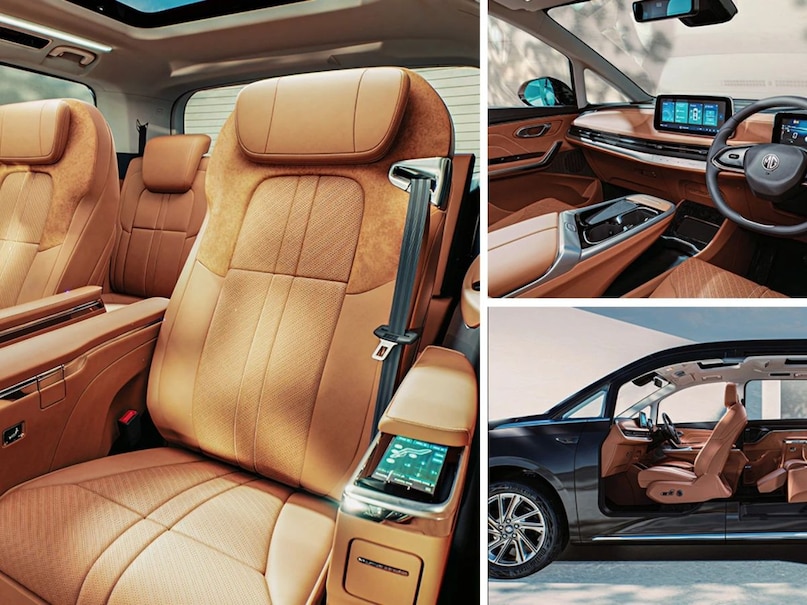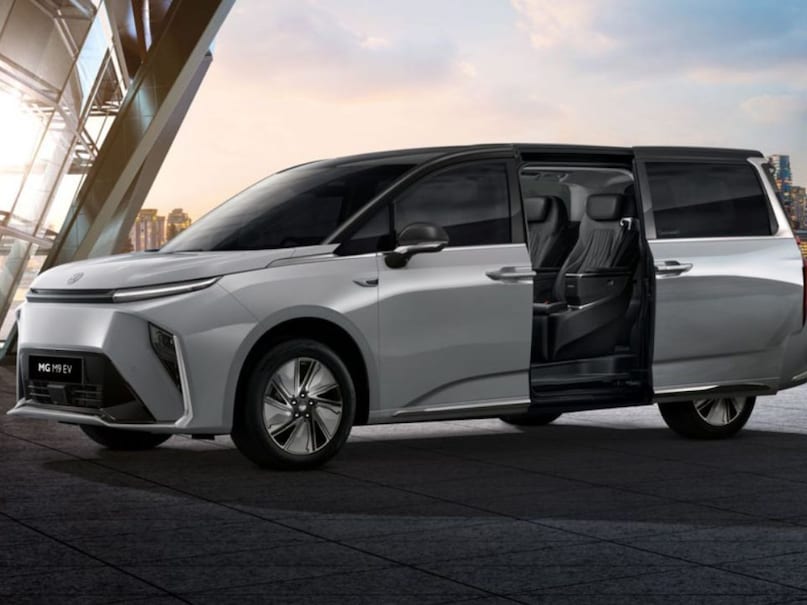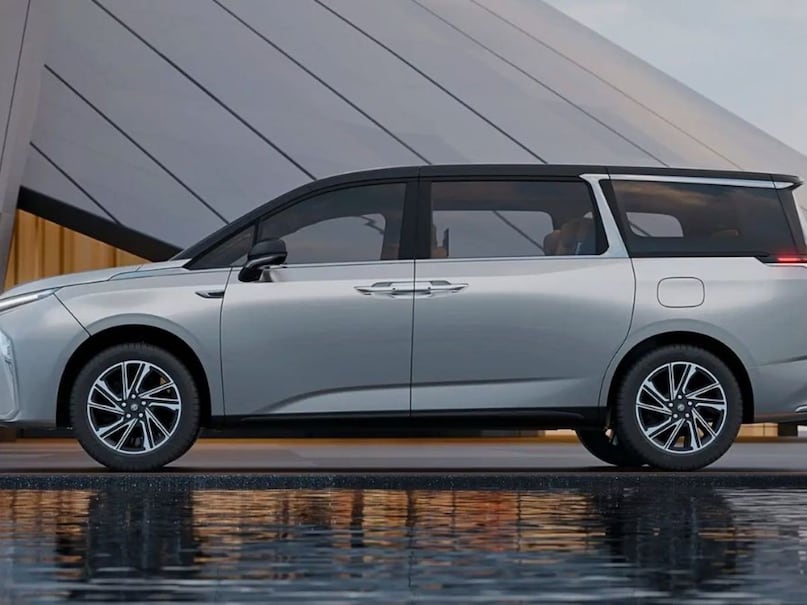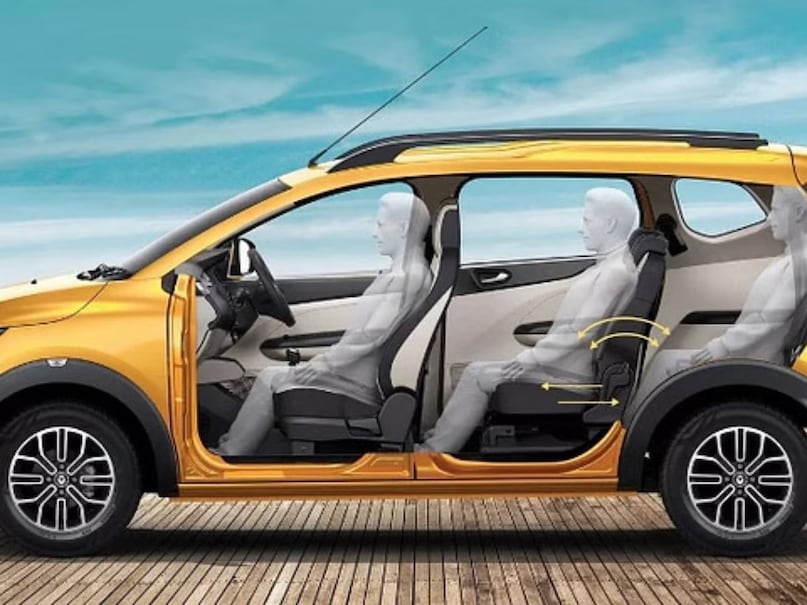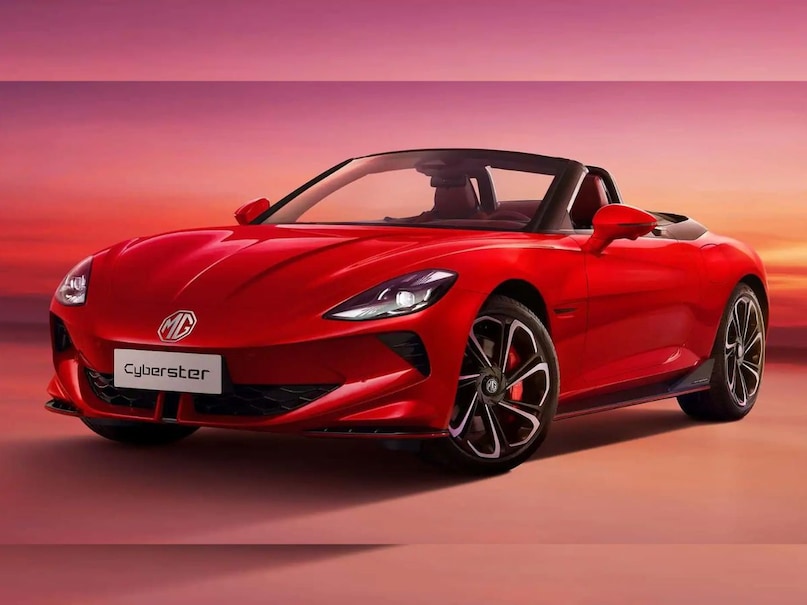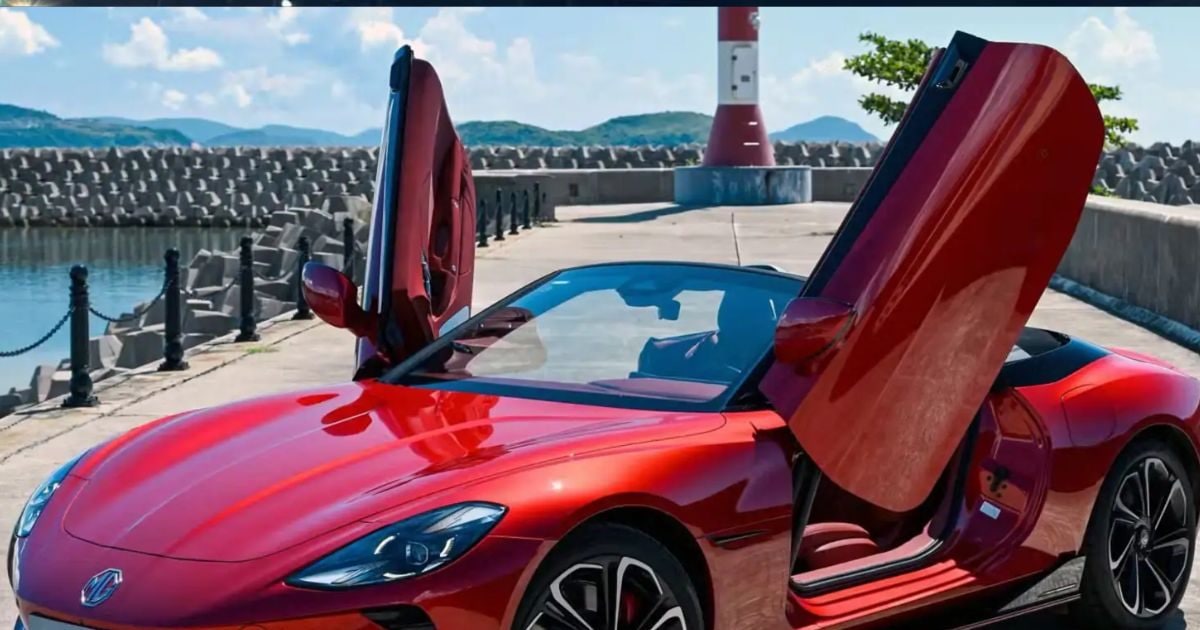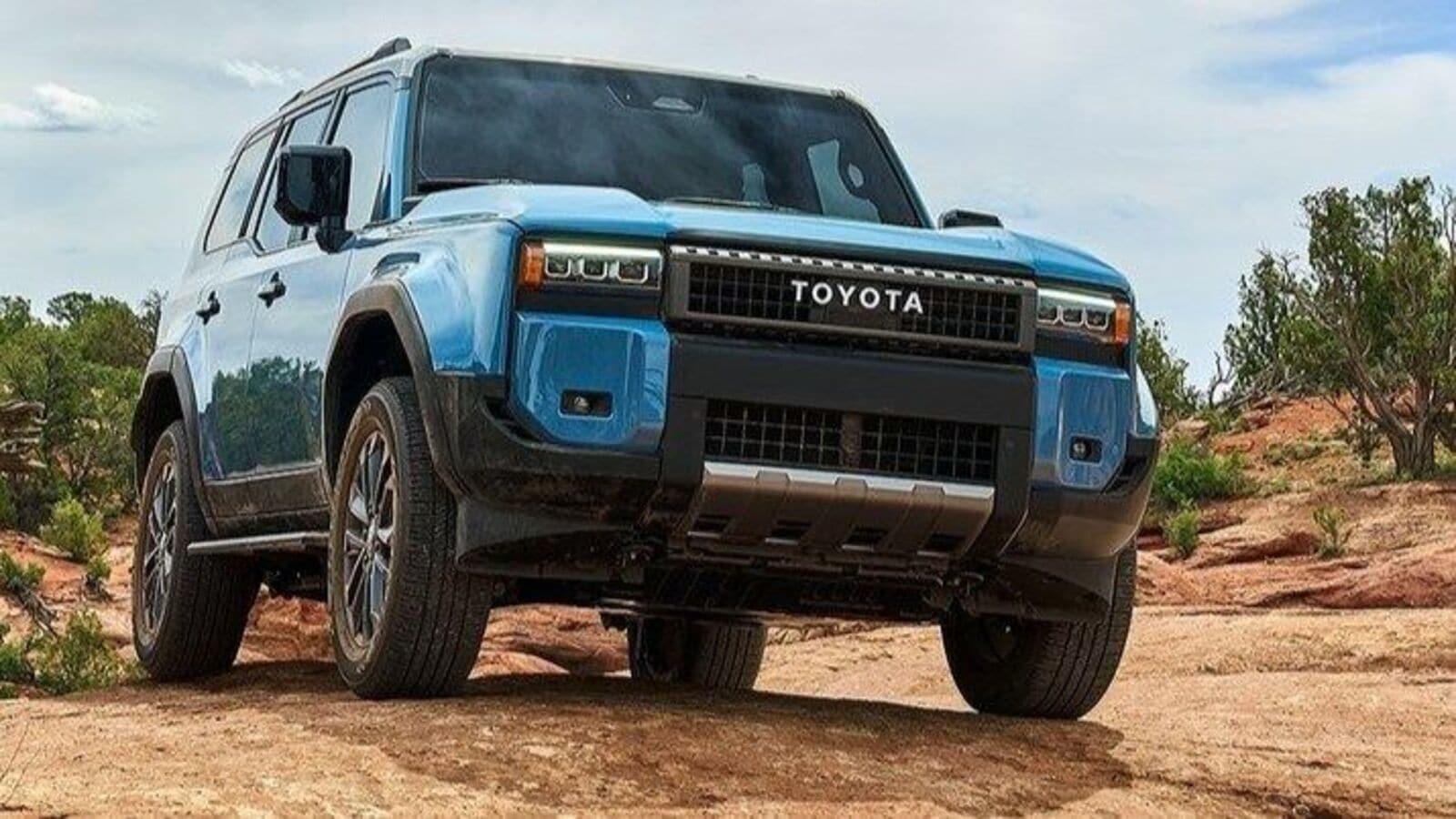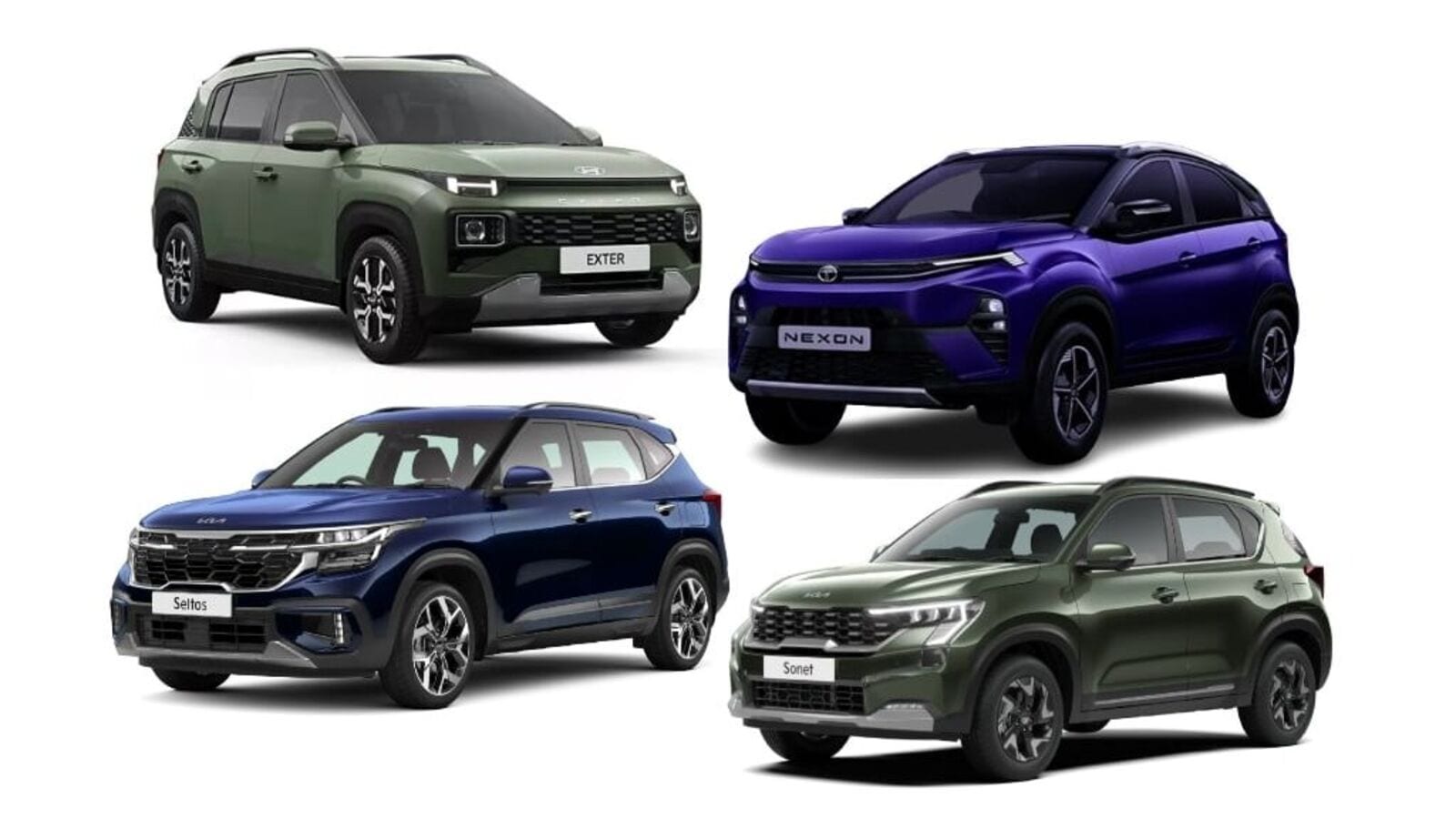The report has stated that in FY24, the Indian passenger vehicle market registered a total of 42.3 lakh units and one in every two cars sold in the country were SUVs. The overall passenger vehicle market in the country witnessed an 8.7 per cent year-on-year (YoY) growth over the 38.9 lakh cars sold in the previous financial year, which was another record for the Indian auto industry. Clearly, the sales of the passenger vehicles are on the momentum of creating incremental growth records over the last two financial years.
All OEMs register record rural sales
All the major car manufacturers in India reportedly witnessed all-time-high sales in rural markets in the last financial year. The demand and sales in the rural markets even overtook the urban markets, where the most preferred vehicles are SUVs.
Speaking on the rural demand and sales of Maruti Suzuki, the country’s most-selling passenger vehicle brand, Shashank Srivastava, executive committee member of Maruti Suzuki, said that sales for the OEM in the rural market were 7.87 lakh units, registering an 11 per cent YoY growth. He added that it was much better than the OEM’s urban market growth. “Rural sales of 7.87 lakh units this year, a growth of 11% year-on-year, have been much better than urban growth. Rural growth for the year is about 11% and urban growth is about 7%. And so, this is the highest-ever rural sales that we saw, which also should be a very good signal for the economy,” Srivastava said.
The second bestselling carmaker in India, Hyundai, attributed the rise in rural sales to multiple factors such as infrastructure development, increased access to information, and improved road quality across the country. Tarun Garg, Chief Operating Officer of Hyundai Motor India, said that rural sales for the OEM, for which SUVs account for more than 60 per cent of its total sales, reached a record 19.44 per cent in FY24, up from the previous year’s 18 per cent. This means that nearly one in every five Hyundai cars sold in India in FY24 were sold in rural areas. This signified a burgeoning consumer base beyond urban markets.
For homegrown auto major Tata Motors, rural sales contribute around 40 per cent to the OEM’s total sales. In the past five years, Tata Motors claims to have witnessed a five-times increase in rural market growth. The report quoted a Tata Motors spokesperson revealing that models like Tata Nexon, Punch and Tiago were the company’s highest-selling passenger vehicles in the rural markets in FY24. The OEM also attributed this sales surge to models like Punch CNG and Tiago EV.
What’s driving the surge in rural PV sales
The SUV segment in the Indian passenger vehicle market has been growing at a rapid pace over the last couple of years and it was no different in FY24. In the last fiscal, one in every two passenger vehicles sold in India, were SUVs, becoming the driving factor behind the overall PV sales growth as well as the rural market also. The segment reportedly registered its sharpest growth of 28 per cent in the last fiscal, while sales of hatchbacks or small cars accounted for 28 per cent of the total PV sales volume. The sales of hatchbacks witnessed a 12 per cent slump in the just concluded fiscal, compared to the FY23.
This comes as a major shift in trend. Earlier, the rural markets mostly preferred small cars at the entry level, but over the last couple of years that seems to have changed with aspirations of rural consumers also rising. Speaking on this, Shashank Srivastava said that the percentage sales of smaller cars is still higher in rural areas, but the overall segment construct of the markets is converging. Key factors such as rising rural incomes, higher internet penetration and connectivity are leading this change, Srivastava said. He also said the exponential growth in rural sales isn’t an isolated phenomenon, but a culmination of various factors fostering economic buoyancy in the countryside. “There seems to be a convergence in the segment choices of the rural and the urban consumers with a small lag of time,” the Maruti Suzuki official added.
First Published Date: 02 Apr 2024, 07:01 AM IST
